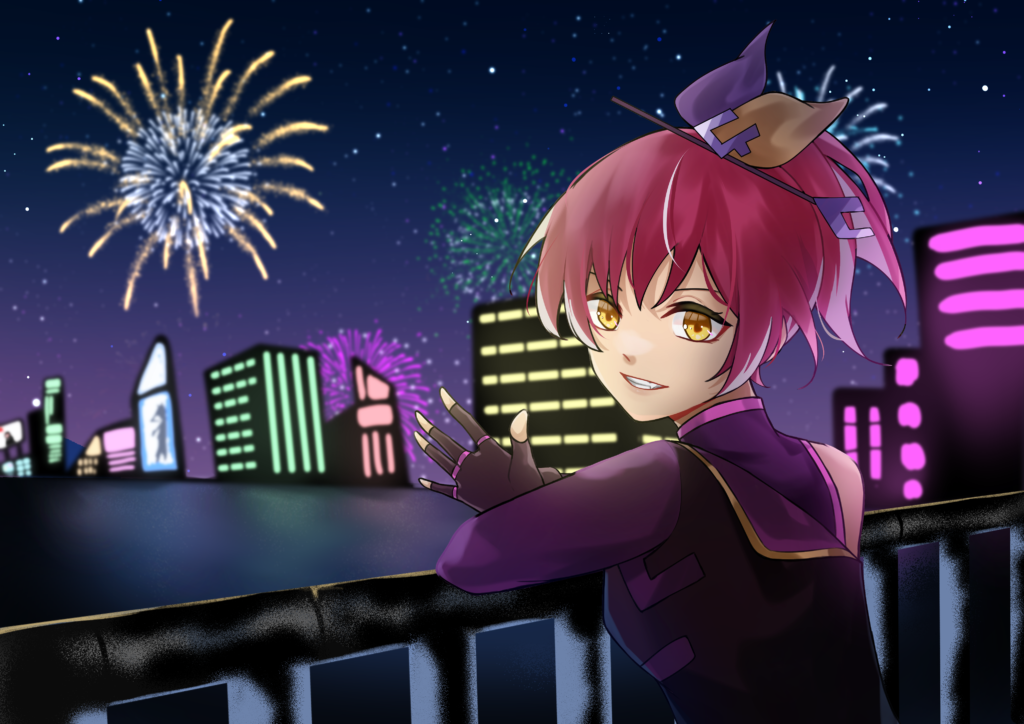
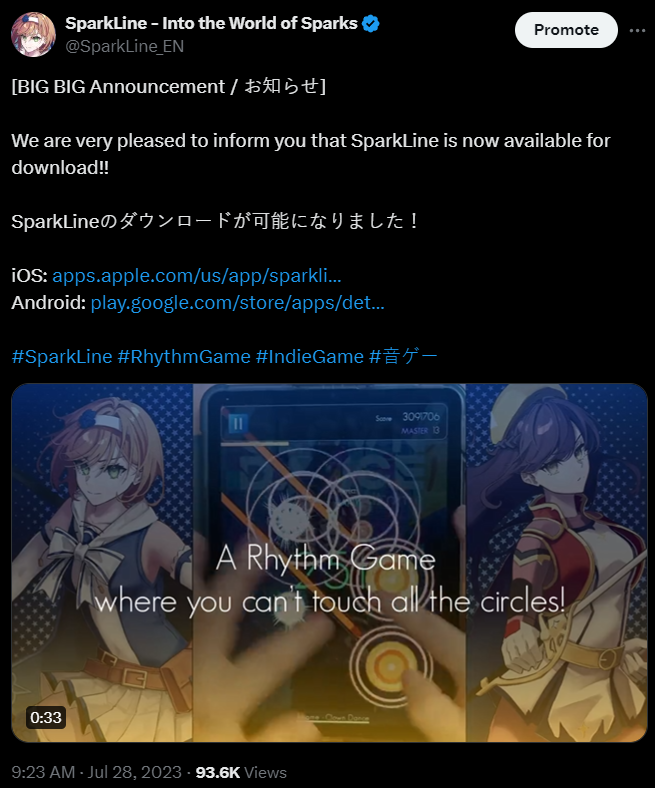
In just a few days after this blog post is published, SparkLine would celebrate its first anniversary. The game didn’t last as long as we hoped for many reasons, with the most important one simply that we weren’t satisfied with how it turned out.
Today, we are now working on Circle of Sparks which we believe will be better and more sustainable overall. Having been through some painful times as SparkLine didn’t fulfill its promise, we are determined to come back stronger. What I can say is that we definitely have a point to prove with CoS.
Internally, we discussed on what went right, and what went wrong… I would like to share with you what lessons we learned from SparkLine. This one is a long read, but I’ll be as open as I can.
Allow me to put on a disclaimer by saying that this post is meant as my personal diary of sorts, and not something I make specifically for you, the reader, nor any person in particular. I think a lot of the information here will be useful for you, but I expect that experience will be your best teacher.
In short…
As for the individual decisions…
The lack of marketing is of course, a very important point to note. For better or worse, I am an advocate of making the game better first instead of blaming the marketing (or the lack of it). If we splash marketing budget on SparkLine, I would imagine an unsustainable CPI (cost per install) because there’s so much to improve on the game itself.
With the points summarized, let’s dive down into each of them so that we can learn in more detail.
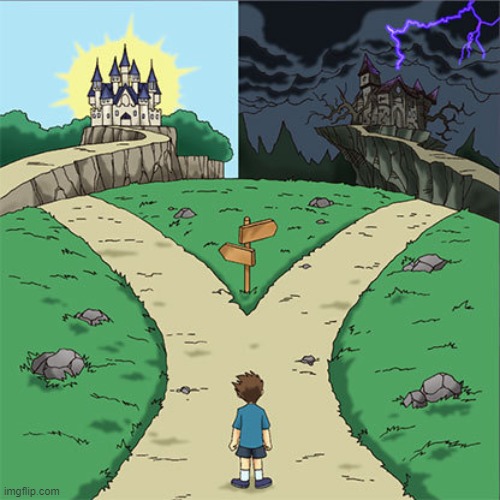
I made the decision to discontinue SparkLine because what we want now strays too far from the original vision for it. In some ways, you can say that we simply have more mature decision-making (I hope so!) processes. But what exactly happened to the original vision that makes us feel it no longer aligns with us?
To keep it simple and short, it’s because I wanted to put things without thinking of:
As long as the game hadn’t launched, we could still back off from it. But alas, instead I chose to double down on things that ended up having little effect and costed a lot. With these features forming parts of the game’s identity, further updates will just double down on things that we already feel are… not what we want to do.
Fast forward to today, you will see that certain parts of Circle of Sparks’ reveal trailer will not make it to the final game.
When that happens, does it come down to merely a “more mature decision-making”? Perhaps so…
However, the decision-making process is also influenced by having the process! Notice that I am the one making decisions for SparkLine. What was very likely fatal, was not involving the team enough in this process. Whether you say that’s my ego at work, or trying to shoulder too much responsibility at once is up to you. I would say both are true.
Circle of Sparks may be my idea in the first place, but today it’s a collective idea from the team at WizDream Games. I am very happy to be able to say that! What changed? For myself, it comes down to learning some harsh lessons from SparkLine and applying it for the next games. For the team, I am very happy that there’s an initiative from them to be more involved in the projects.
Speaking of the team, let’s talk a little bit more of the current development process…
Circle of Sparks started development in mid-April. By mid-June, we were already brainstorming for the reveal trailer. At this point (mid-July), the game is almost feature-complete except for what’s actually the game’s main focus – the decorations. And finally, the game should be ready to launch by October.
It’s a fast development cycle, isn’t it? By contrast, let me show you when SparkLine was revealed.
This video was posted on 28 June 2022. SparkLine itself went on to be released in 28 July 2023. This totals to 13 months of development AFTER the game was announced. Meanwhile, the game’s development actually started in August 2020. I mean yeah, it’s the Covid era where everyone got bored at home haha.
I could give the excuse that I was doing SparkLine as a passion project in my spare time before the game was announced. After that, I worked on it full-time and there was no excuse for the game’s development to take that long.
Truth be told, Circle of Sparks is going always to be faster to develop. What happened?
To further emphasize the first point – too many people working on it will lead to diminishing returns. Most importantly, we are working with people. More mouths to feed, more personalities to manage.
All in all, it is not possible for Circle of Sparks’ development to go this smoothly (comparatively) without prior experience on SparkLine. I suppose it’s just important that we learn to fail, not fail to learn. As to why exactly SparkLine took that long to develop… Let’s talk about the individual design choices that made is so. The first and biggest reason is sadly, the Story Cutscenes.
As for doubling down on the wrong decisions, the story implementation is likely the biggest symptom of that.
I’ll let you know what we needed for SparkLine’s story cutscenes:
As you can see, so many things to do isn’t it? Such things should have never made it out of pre-production, at least not like that. Even if it ended up on the reveal trailer, the game was still not released by then so there were a lot of time to change things.
Is this something I thought worth doubling down back then, in spite of the concerns? I said yes, back then. Truth be told, there are many rhythm games with story today, so this (and its implementation most importantly) didn’t do enough to stand out.
I still want our rhythm games to have a story, but it was totally not sustainable to do in this way. There’s got to be a better way to do this.
And speaking of storage space:
This one is pretty short to say, as the screenshot above showing the APK’s file size says enough by itself. High storage size turns off people who would otherwise be interested in trying out the game, especially in mobile where internal storage can be really limited. Did SparkLine optimize its storage size? As much as we could with flawed design decisions.
The biggest culprits are of course:
To illustrate (heh) the second point, I will show you the “sprite sheet” for Fantasia Sonata Lune.
The overall image file size for the layered artwork is about 10MB, and this is just for one song. Performance-wise, it is also expensive as we’d be displaying multiple images at the same time with blend modes to ensure they… blend properly. All in all, this is really something that shouldn’t make it out of pre-production.
As for the song jackets, having them take up the entire screen is why we saved them to a decent resolution (1024 x 1024px). We no longer do that so we now save them at 512×512 px. At best, this cuts the file size by 75% but CMIIW on the maths.
On a side note, it also makes the Unity project take longer to load simply because there are more things there. It could be a nice (?) headache to have later on, but not one we should have on a rhythm game with 60 songs.
Ultimately, most rhythm games could be simplified into one of these:
If your rhythm game is not one of these two types, then you have a good chance in standing out as a rhythm game! SparkLine (and subsequently Circle of Sparks) is on the “Tap the Circles” category. As I see how people react when they tried out SparkLine in conventions, I realized some major problems for new players:
As we embrace the fact that SparkLine is at its core, a “Tap the Circle” game, we decided to simplify things for Circle of Sparks. Those two things are no longer around as we remake the game. I think the mines are unique, but not the best “innovation” to make. As we talk about simplicity – Piano Tiles is simple! There is a reason a lot of people play it.
So with this in mind, how should Circle of Sparks stand out as a game, if the rhythm game is simplified? Then it should not stand out as a pure rhythm game. This post is first and foremost a post-mortem for SparkLine, so I won’t discuss too much about CoS. Watch the announcement trailer linked above, and perhaps you can see what we are going for.
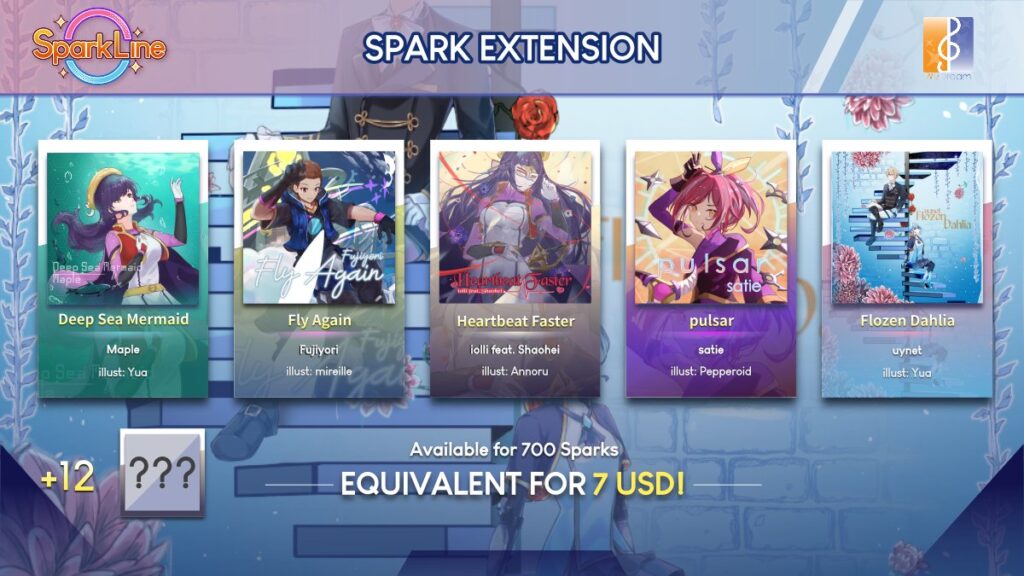
Seeing this image today brought me… some strong reminders. While not the worst error we made, it’s apt to encapsulate our unsustainable approach.
A pack that promises 17 songs for about 7 USD. Many characters that are yet to be built up… It truly felt like we promised so many things, to fall short of them in many aspects. I could fulfill the promise of Spark Extend by adding the 6 remaining songs, but at this point, it will feel like a swan song.
As you have read above on the “Directional Problems” sub-section, further updates to SparkLine will just be doubling down on things we end up not wanting to do. Some of it coming down to us thinking there’s got to be a better way.
Therefore, we decided the best thing is to let SparkLine finish as strong as it could, and make a project even stronger than that.
One thing is for sure… We will never ever make another pack like Spark Extend ever again!!
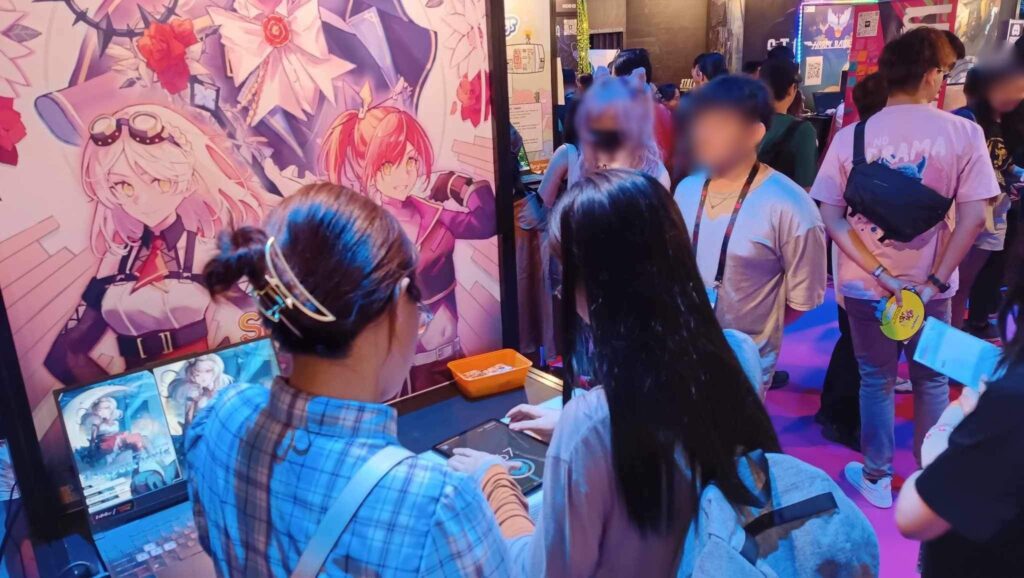
To prevent this post from becoming so gloomy, I think a lot still went right for SparkLine! This is likely not something everyone agrees with, but I will say that our future successes may be owed to SparkLine.
It also got nominated in various SEA Game Event-related awards. I have mixed reactions to it because I thought we could do so much better than that. Between the awards and commercial success, I prefer the latter in order to sustain the company, haha.
Most importantly, however… If we made you care for this game, then that’s the best praise we could get for it.
Additionally, all of the perhaps “gloomy” things posted above are still things we can learn from. Becoming aware of those things… is a positive in itself, albeit in a slightly twister way.
There are still major points for improvements of course. As we grow even further I’m sure we can get them handled one by one. We are in it for the long haul, although yes, we do have to be commercially successful at some point.
I feel a lot more relaxed today as I believe that this time, the “Process” can be trusted. As long as the current team isn’t splitting up for whatever reason, I think eventually the results will come. If the game doesn’t work out (again), I want to ensure that only the result didn’t rather than the process as well.
For SparkLine, there’s so much room to improve upon both in the process and result, with the former being a major influence for the latter.
I do wonder what would happen if in an alternate universe, SparkLine did well enough that we can keep updating it. There would be enough things going right, but there are things actually wrong that we’d consider as right because the result is there. The latter might be dangerous.
However, what’s done is done. We cannot change the past, but we can learn bitter lessons from it and apply it to the present and future. For all of its faults, we may look back at SparkLine fondly as a springboard for us to “get it right”. We shall see about that as we work on Circle of Sparks and more in the future.
We shall see…
(Before you close this page, take a look at the preview for one of our new songs – Iris’ Love in Adversity!)